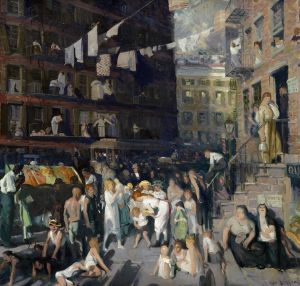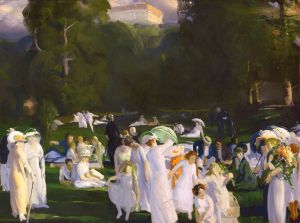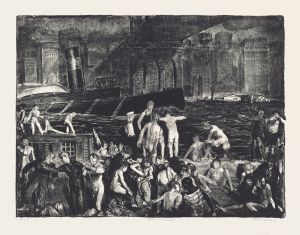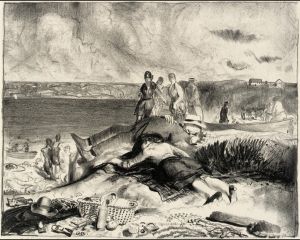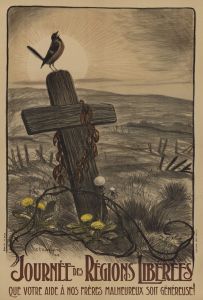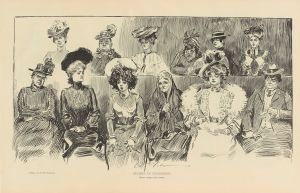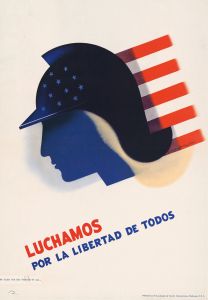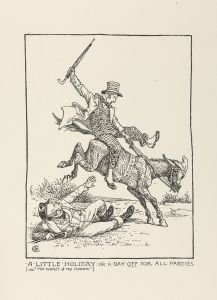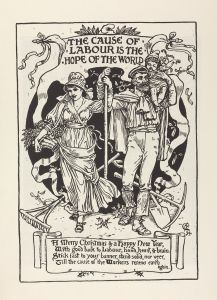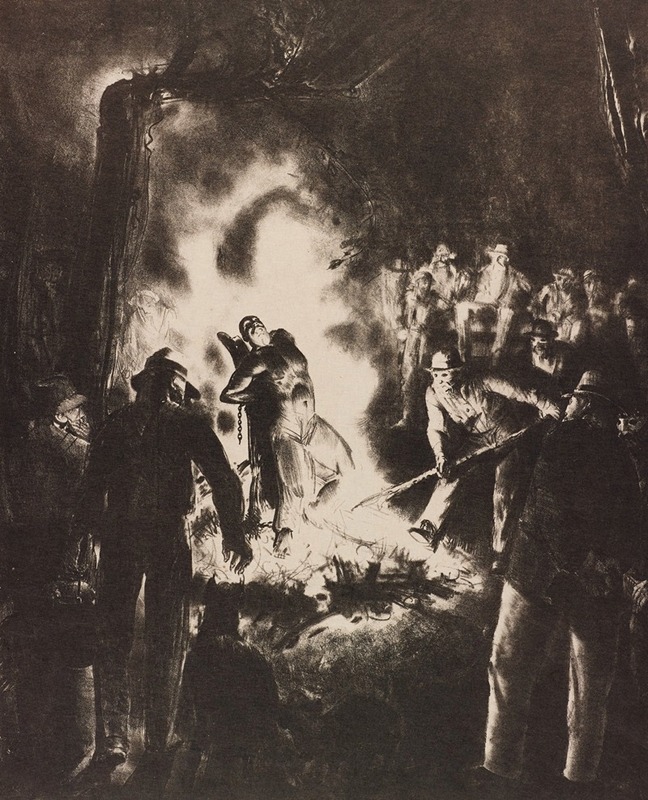
The Law Is Too Slow
A hand-painted replica of George Wesley Bellows’s masterpiece The Law Is Too Slow, meticulously crafted by professional artists to capture the true essence of the original. Each piece is created with museum-quality canvas and rare mineral pigments, carefully painted by experienced artists with delicate brushstrokes and rich, layered colors to perfectly recreate the texture of the original artwork. Unlike machine-printed reproductions, this hand-painted version brings the painting to life, infused with the artist’s emotions and skill in every stroke. Whether for personal collection or home decoration, it instantly elevates the artistic atmosphere of any space.
George Wesley Bellows was an American realist painter known for his dynamic and vigorous depictions of urban life in New York City. One of his notable works, "The Law Is Too Slow," is a painting that reflects Bellows' engagement with social issues and his ability to capture the intensity of human emotions and societal tensions.
"The Law Is Too Slow" was completed in 1923, during a period when Bellows was increasingly interested in exploring themes of justice and the human condition. The painting is part of a series that Bellows created in response to the infamous Leo Frank case, a highly publicized legal case in the United States that involved the trial and lynching of Leo Frank, a Jewish factory superintendent accused of murdering a young girl named Mary Phagan in Atlanta, Georgia, in 1913.
In "The Law Is Too Slow," Bellows captures the chaotic and violent scene of a lynching, a subject that was both controversial and provocative. The painting depicts a mob scene, with a central figure being attacked by a crowd, illustrating the frenzy and brutality of mob justice. Bellows' use of dramatic contrasts, vigorous brushwork, and intense color palette enhances the emotional impact of the scene, drawing the viewer into the tumultuous and unsettling atmosphere.
Bellows' work on this painting is significant not only for its artistic qualities but also for its commentary on the social and legal issues of the time. The painting reflects Bellows' critique of the failures of the legal system and the dangers of mob mentality, themes that were particularly resonant in the context of the Leo Frank case. The case had highlighted deep-seated prejudices and the potential for miscarriages of justice, issues that Bellows sought to address through his art.
"The Law Is Too Slow" is an example of Bellows' commitment to using his art as a means of social commentary. Throughout his career, Bellows was known for his willingness to tackle difficult and often controversial subjects, and this painting is a testament to his engagement with the pressing issues of his time. The work stands as a powerful reminder of the artist's ability to capture the complexities of human nature and the societal challenges of his era.
Today, "The Law Is Too Slow" is recognized as an important work in Bellows' oeuvre, reflecting both his artistic skill and his dedication to addressing social issues through his art. The painting continues to be studied and appreciated for its historical significance and its contribution to the discourse on justice and human rights.






